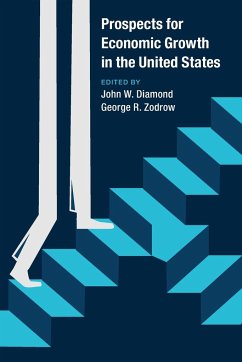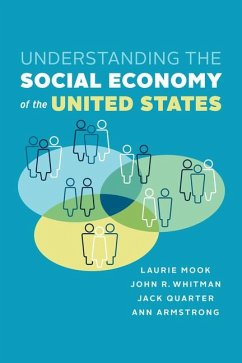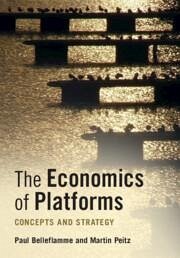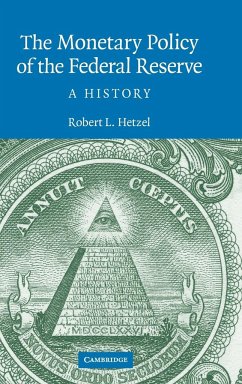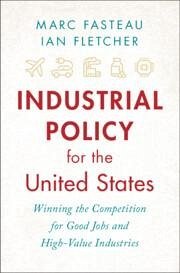
Industrial Policy for the United States
Versandkostenfrei!
Sofort lieferbar
49,99 €
inkl. MwSt.

PAYBACK Punkte
25 °P sammeln!
The US can win good jobs and high-value industries with industrial policies that its competitors use now and America used in the past. America should combine tariffs, a competitive dollar, and support for innovation with a new emphasis on manufacturing. This book presents an alternative economics that supports this view.




